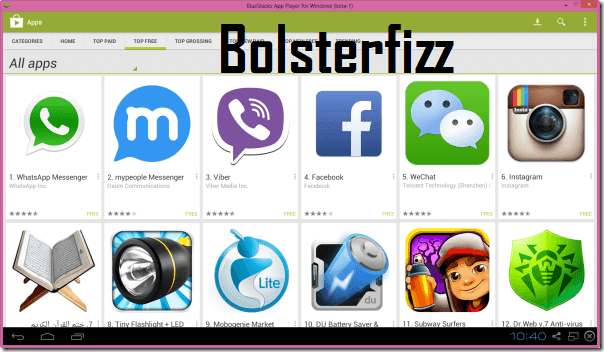

There, not only Viber can be launched now. The whole thing took a few seconds and worked the first time. We entered our phone number and an SMS validation code to sync our phone and PC. This is easy with a few commands: sudo ln -s /usr/lib64/libssl.so.10 /opt/viber/lib/libssl.so sudo ln -s /usr/lib/libcrypto.so.10 /opt/viber/lib/libcrypto.so Improved Windows app: We had no trouble installing and setting up Viber for Windows in our 32-bit Windows Home Premium system. sudo dnf install sudo dnf install viber compat-openssl10 Tweak Viber to use older OpenSSL Why is because Viber is compiled against older OpenSSL, whereas RHEL 8 ships with new OpenSSL by default.

The key to making Viber work properly with RHEL 8 based systems is compat-openssl10 package. And how to have it running without errors. Now that we know what problem we have, here are some tips and tricks on how to install Viber Desktop properly in CentOS/RHEL 8.

sktop: qt.network.ssl: QSslSocket: cannot call unresolved function SSL_library_init sktop: qt.network.ssl: QSslSocket: cannot call unresolved function ERR_get_error sktop: qt.network.ssl: QSslSocket: cannot call unresolved function SSLv23_client_method sktop: qt.network.ssl: QSslSocket: cannot call unresolved function SSL_CTX_new If you follow along your /var/log/messages, you can find a lot of messages related to Viber failing to use some SSL functions: When I downloaded and installed Viber package, I did not immediately notice that I can’t send images or can’t see higher resolution pictures sent to me. However, it, sure enough, can't account for all Linux flavors that support RPM package format. rpm package available for download of Viber Desktop.


 0 kommentar(er)
0 kommentar(er)
